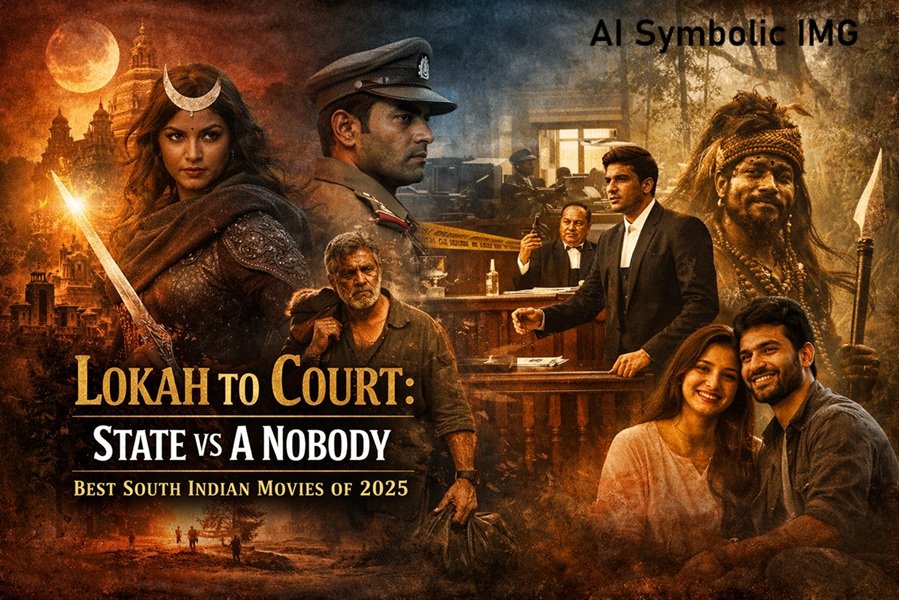
Introduction
India’s culinary diversity is as vast as its geography, and some of the most rustic, wholesome meals come from the heart of the country. Among these, Dal Bati Churma, Baati Chokha, and Dal Bafla stand out for their rich flavors and traditional cooking methods. Often considered cousins in the world of Indian cuisine, these dishes share some common elements — such as baked wheat balls and spicy lentils — yet are unique in their own right.
This article explores the similarities and differences among these three traditional delicacies, diving deep into their history, ingredients, preparation styles, regional variations, and cultural importance.
What Is Dal Bati Churma?
📍 Origin: Rajasthan
Dal Bati Churma is a traditional Rajasthani dish that symbolizes the state’s rich warrior culture and arid landscape.
🥘 Key Components:
- Dal: A spicy lentil preparation, usually a mix of toor (pigeon pea), chana (Bengal gram), masoor (red lentil), moong, and urad dal.
- Bati: Hard, unleavened wheat balls baked in a tandoor or over a cow dung fire, later dipped in ghee.
- Churma: Sweet crumbled bati mixed with jaggery or sugar, cardamom, and ghee.
🔥 Cooking Technique:
Traditionally, batis are cooked over charcoal or in an underground oven. The churma is prepared separately, often flavored with dry fruits and cardamom.
🌟 Flavor Profile:
Dal Bati Churma is a balanced meal with spicy dal, savory ghee-dipped batis, and sweet churma — creating a three-in-one gastronomic experience.
What Is Baati Chokha?
📍 Origin: Bihar & Eastern Uttar Pradesh
Baati Chokha is a beloved dish from the Bhojpuri-speaking region and is a staple of rustic North Indian cuisine.
🥘 Key Components:
- Baati: Similar in structure to Rajasthani bati but often stuffed with sattu (roasted gram flour), ajwain, mustard oil, and spices.
- Chokha: A mashed preparation of roasted vegetables — commonly eggplant (baingan), potatoes (aloo), and tomatoes — mixed with mustard oil, garlic, green chilies, and raw onions.
🔥 Cooking Technique:
The baatis are traditionally roasted over cow dung cakes or wood fire, giving them a smoky aroma. Chokha is made by fire-roasting the vegetables and mixing them raw with mustard oil and spices.
🌟 Flavor Profile:
The smokiness of baati paired with the tangy, pungent chokha creates a fiery and earthy flavor — much more pungent and spicier than its Rajasthani counterpart.
What Is Dal Bafla?
📍 Origin: Madhya Pradesh (especially Malwa region)
Dal Bafla is often referred to as the softer cousin of Dal Bati, popular in regions like Indore, Ujjain, and Bhopal.
🥘 Key Components:
- Dal: Usually toor dal or a mixed lentil curry with garlic and hing tadka (tempering).
- Bafla: Dough balls similar to bati but boiled before baking, resulting in a softer interior.
🔥 Cooking Technique:
Baflas are first boiled in water (often with ajwain and ghee), then baked or roasted. This dual cooking process makes them soft inside and crispy outside. They are served hot with dal and topped generously with ghee.
🌟 Flavor Profile:
Dal Bafla offers a milder, buttery experience — richer in ghee and less intense in spices compared to Baati Chokha.
Similarities Between Dal Bati Churma, Baati Chokha, and Dal Bafla
| Aspect | Commonality |
|---|---|
| Core Component | All feature a wheat-based dough ball (bati/bafla) as the central element. |
| Cooking Method | All are traditionally baked/roasted, giving a rustic taste. |
| Lentils | Dal is a key accompaniment in Dal Bati and Dal Bafla. |
| Rustic Origin | All come from rural, agrarian communities with warrior or tribal roots. |
| Use of Ghee | Generous use of clarified butter (ghee) is common in all. |
| Hearty Meals | Considered wholesome and festive dishes, often served during occasions. |
Key Differences Between These Dishes
| Factor | Dal Bati Churma | Baati Chokha | Dal Bafla |
|---|---|---|---|
| Region | Rajasthan | Bihar, Eastern UP | Madhya Pradesh |
| Side Dishes | Churma (sweet) | Chokha (spicy mashed veg) | Dal (without churma) |
| Texture of Bread | Hard, crunchy batis | Slightly softer, often stuffed | Soft, due to boiling before baking |
| Cooking Medium | Bati baked in tandoor/fire | Fire-roasted, stuffed in cow dung fire | Boiled and baked or roasted |
| Spice Level | Mild to medium | High spice, mustard oil-based | Mild and buttery |
| Taste Profile | Sweet + Spicy + Savory | Earthy + Pungent + Smoky | Rich + Soft + Mildly Spicy |
Cultural Significance
🎉 Dal Bati Churma
A staple in Rajasthani weddings and festivals, it represents valor and hospitality. It’s symbolic of the state’s desert cuisine, where minimal water is used for cooking.
🎉 Baati Chokha
A farmer’s meal, Baati Chokha is deeply tied to Bhojpuri identity. It is often enjoyed during Holi, Chhath Puja, and family feasts, and is also available as a popular street food in cities like Patna and Varanasi.
🎉 Dal Bafla
Dal Bafla is a Malwa delicacy, often served during wedding feasts and religious festivals. It reflects the culinary richness of central India with its love for ghee and grains.
Nutritional Value
All three dishes are high in calories due to the ghee content but offer:
- Protein from dal
- Fiber and carbohydrates from whole wheat
- Healthy fats from ghee and mustard oil (in Baati Chokha)
- Vitamins and antioxidants from vegetables in chokha
However, these are heavy meals best enjoyed occasionally or balanced with light side dishes like salad or buttermilk.
Modern Variations & Urban Popularity
In urban eateries, especially in metro cities:
- Fusion versions like Baati Pizza, Chokha Tacos, or Churma Ice Cream are emerging.
- Restaurants offer combo thalis featuring all three for food enthusiasts.
- Many food festivals now celebrate these dishes to preserve culinary heritage.
Conclusion
While Dal Bati Churma, Baati Chokha, and Dal Bafla may seem similar at first glance due to their core component — wheat-based dumplings — each dish tells a unique story of its region, people, and culinary history.
Whether you’re drawn to the richness of Rajasthani churma, the fiery chokha from Bihar, or the ghee-laden softness of Bafla, each offers a sensory journey that reflects the soul of India.




